Introduction
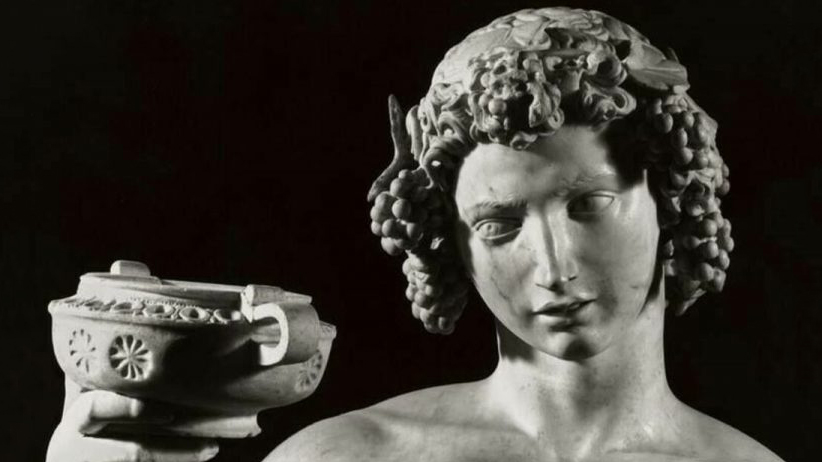
Bacchus Michelangelo sculpture is a masterpiece sculpture by the Renaissance master Michelangelo, depicting Bacchus, the god of wine in ancient Roman mythology. This sculpture presents a mysterious and vibrant image through exquisite craftsmanship and the artist’s profound understanding of the human body structure. This article will provide an in-depth introduction to the artistic background, creative process, and cultural connotations of the sculpture ‘Bacchus’.
Creative background of bacchus michelangelo sculpture
Renaissance period: The creative background of “Bacchus” can be traced back to the Renaissance period, which was a period of prosperity and transformation in European art. Michelangelo, as one of the greatest artists of the Renaissance, is renowned for his outstanding understanding of human body structure and powerful artistic style. His works not only demonstrate superb skills, but also deeply reflect the complex fusion of culture and religion at that time.
The Mythical Background of Bacchus
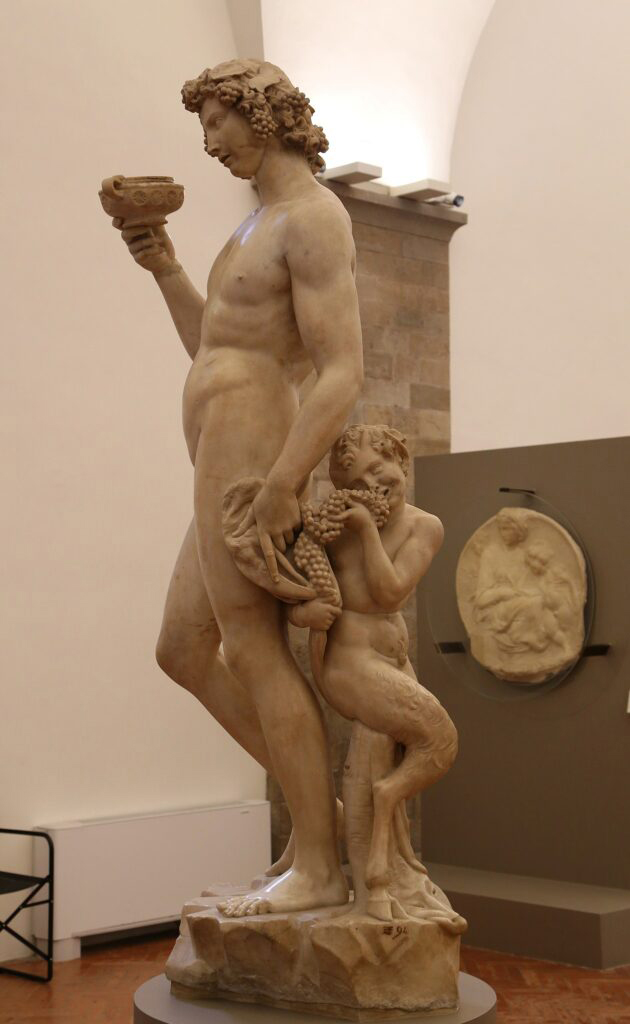
Roman mythology: Bacchus was the god of wine in ancient Roman mythology, equivalent to Dionysus in Greek mythology. He is considered the patron saint of vineyards and wine, and also symbolizes the spirit of revelry and banquets. Artists have frequently chosen to depict Bacchus in history because his image can showcase a desire for happiness and indulgence, while also containing a deep sense of mystery.
Artist Michelangelo
Michelangelo’s Life: Michelangelo (1475-1564) was one of the great masters of the Italian Renaissance. He was both a sculptor, painter, and architect. His outstanding talent and profound understanding of human anatomy made him one of the most important artists of the Renaissance period, known as the “versatile artist”.
The creative process of the sculpture ‘Bacchus’
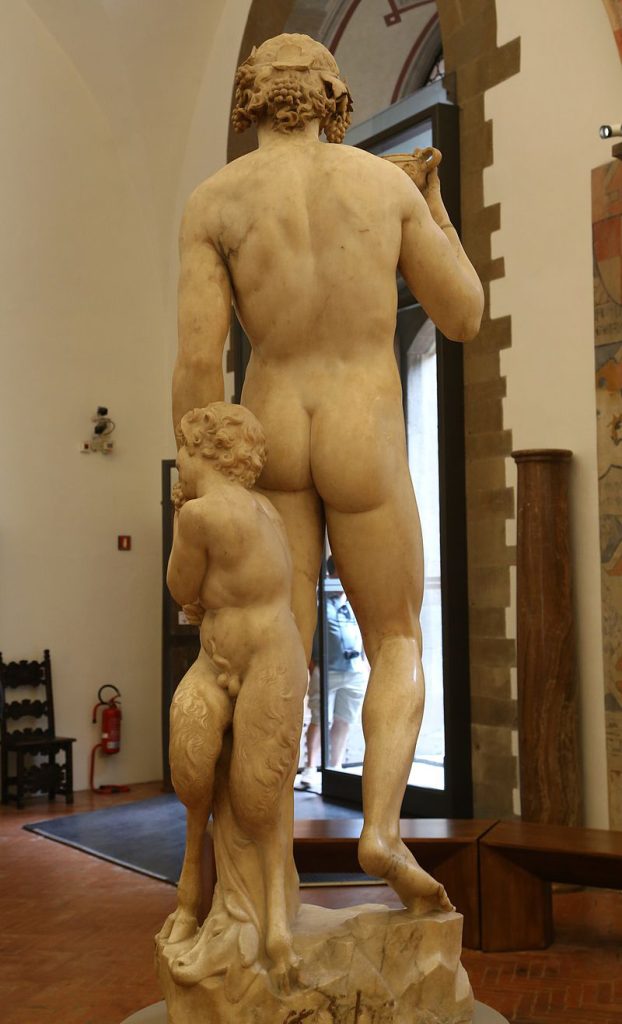
Exquisite craftsmanship: Michelangelo demonstrated his outstanding skills in sculpture, especially his profound understanding of human body structure. In the sculpture ‘Bacchus’, Bacchus’ body lines are smooth and powerful, and each muscle is meticulously depicted. His body posture, especially his facial expressions, expresses a deep sense of tranquility and inner peace.
Mysterious Veil: In the sculpture ‘Bacchus’, Bacchus’ face is covered with a veil, adding a sense of mystery. This design choice injects a mysterious atmosphere into the work, making viewers want to uncover this veil and glimpse the mysteries inside.
Cultural Connotation and Symbolic Meaning
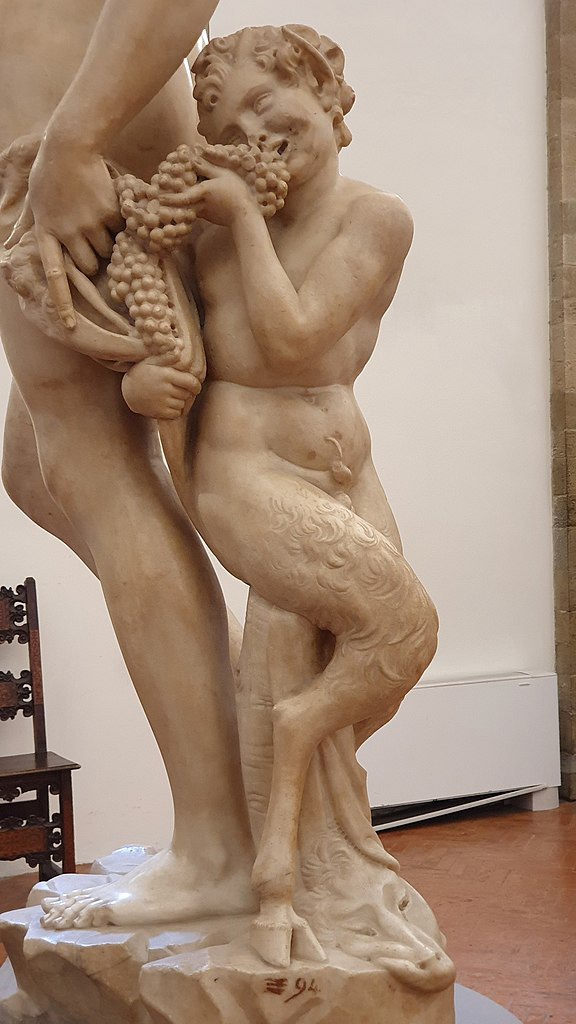
The symbol of happiness and indulgence: Bacchus Michelangelo Sculpture depicts Bacchus, the god of wine, symbolizing the spirit of happiness, indulgence, and banquets. This reflects a pursuit of hedonism in Renaissance society, where people yearned to find happiness and satisfaction in life.
The contrast between mystery and calmness: The mysterious veil in the work contrasts sharply with the calm expression of Bacchus, triggering viewers to think about the inner and outer worlds. This contrast makes the work even more captivating, inspiring viewers to contemplate the subtle relationship between human nature, desire, and tranquility.
Influence and Inheritance of bacchus michelangelo sculpture
The spirit of the Renaissance: “Bacchus” reflects the emphasis on the study of human body morphology and the return to classical culture during the Renaissance period. Michelangelo continued the tradition of ancient Roman and Greek sculpture through this work, setting an example for later artists.
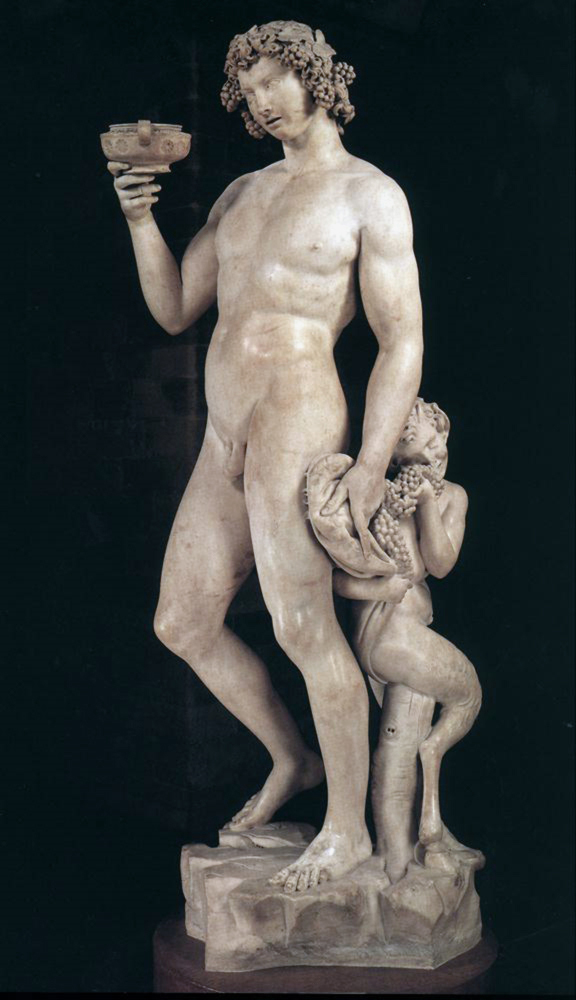
Epilogue
Bacchus Michelangelo sculpture is an artistic masterpiece of Michelangelo. Through the portrayal of Bacchus’ image, the artist demonstrates his profound understanding of human body structure and mysterious themes. This sculpture not only embodies the spirit of the Renaissance, but also leaves behind a rich and thought-provoking artistic heritage, providing inspiration for later artistic development.

